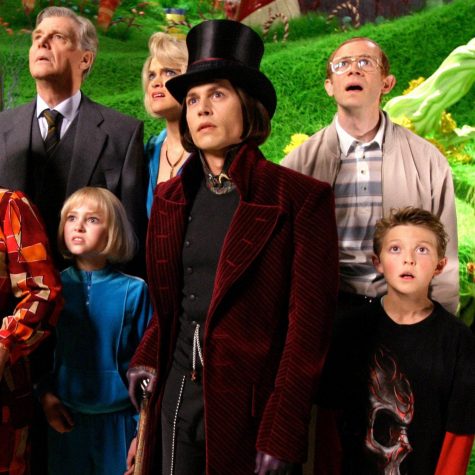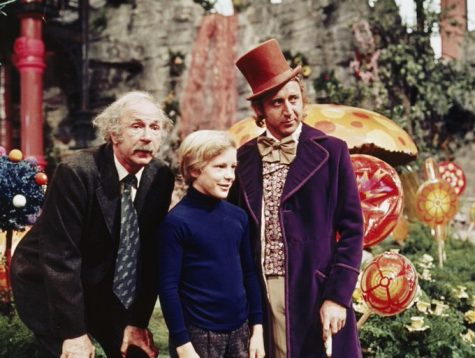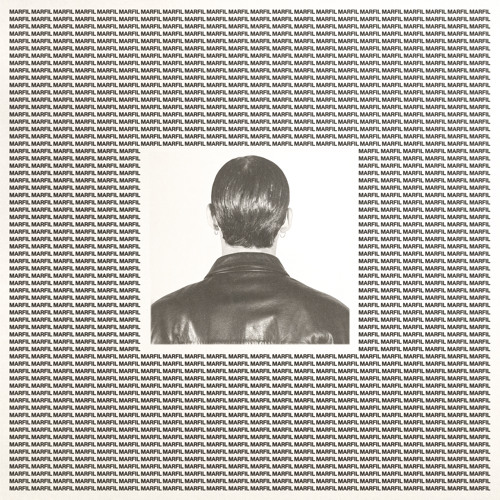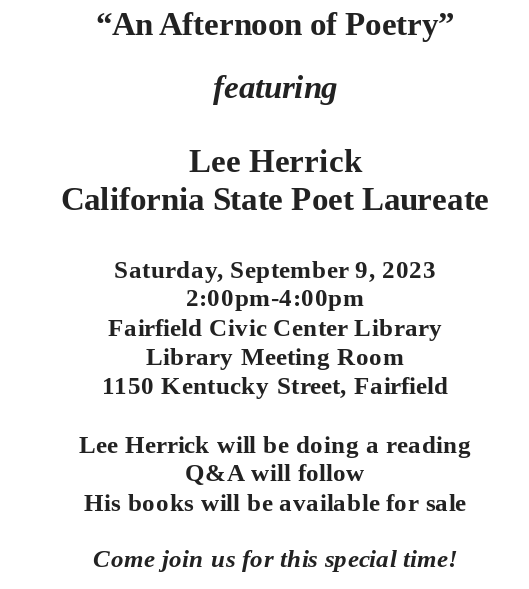One story told two different ways
DVD Review – Willy Wonka and the Chocolate Factory

Charlie and the Chocolate Factory has been adapted to the big screen twice. Here’s how each version compares and which one is the best, according to Adrienne Tyler on May 1, 2020. (Screenrant.com)
Roald Dahl’s children’s book Charlie and the Chocolate Factory has been adapted to the big screen twice. The 1971 version with Gene Wilder as Willy Wonka is now considered a classic, but Tim Burton’s 2005 film also offered an interesting version of that world – and here’s how his version compares to the first film.
Roald Dahl is best known and remembered for his children’s books, which have some underlying darkness, a peculiar sense of humor, and in which adults played the part of villains. Many of his works have been adapted to the big screen for years, most notably Matilda, Fantastic Mr. Fox, and The Witches..
One of his most famous works is the 1964 novel Charlie and the Chocolate Factory, which has been adapted to different media for years, though the most memorable ones are its film versions. In 1971, the musical film Willy Wonka and the Chocolate Factory was released, directed by Mel Stuart and with Gene Wilder as eccentric candymaker Willy Wonka. The film was very well received by critics and is now considered a classic, and Wilder’s performance was widely praised.
Another version arrived in 2005 with Tim Burton as director and frequent collaborator Johnny Depp as Willy Wonka. Though not a remake per se and more of an adaptation of the book, viewers couldn’t help but compare both versions, especially Wilder and Depp’s performances. Burton’s Charlie and the Chocolate Factory was a critical and financial success, and though both films have their strengths and are entertaining in their own ways, there are a lot of differences between them. Here’s how the 1971 and 2005 Charlie and the Chocolate Factory films compare.
Willy Wonka in the Original Movie and Tim Burton’s remake

Willy Wonka is the founder of the Wonka Candy Company and the owner of the Wonka Chocolate Factory, and was the main character (along with Charlie Bucket) of the novels Charlie and the Chocolate Factory and Charlie and the Great Glass Elevator. Wonka’s reputation as candymaker is unlike any other, as he’s known for creating truly unique candies that are a whole experience rather than just a regular sweet. In the book, he’s described as a man with a black top hat and a purple jacket, silver gloves, bottle-green pants, and a cane. He’s older than he looks and has gray hair. He’s sassy, jumpy, hyperactive, and giddy, so much that he even danced his way from one room to the other sometimes.
Both big screen versions of Willy Wonka are different from the one in the book, but they kept some characteristics. Wilder’s portrayal of Wonka is eccentric and more subtle, but there’s also a lot of anger in him, as well as a touch of evil at times. Depp’s performance, on the other hand, is over the top and childlike, which is funny when seeing how much Wonka dislikes children. Depp’s version also has an evil side, and because his is not subtle like Wilder’s, it’s perceived by most viewers as a psychotic version of the character, though they both have that quality – it’s just portrayed in different ways. Depp’s is also more tragic as he was given a backstory, which explains (in part, at least) why he acts the way he does and why he isn’t fond of children and families in general.
The Oompa-Loompas
Oompa-Loompas are small humans who reside and work at the Wonka Factory. In early editions of the novel, they were described as African Pygmies, but they were changed to be white-skinned and golden-haired, and their country of origin to be Loompaland. When Wonka found them, they lived in huts in the trees to escape from various creatures, and were struggling to get food. They ate mashed caterpillars, which tasted terrible, and would mash them with other things like eucalyptus leaves or beetles to make them taste better, but what they truly wanted were cacao beans. To help them, Wonka offered them to work for him and live at the factory, where he would pay them with cacao beans and they could also eat all the chocolate they wanted.
Each film has had its own version of the Oompa-Loompas: in the 1971 version, they were orange-skinned, with green hair, and wore brown shirts with striped wrists and collars, and baggy lederhosen-like pants (unlike in the book, where they insisted on keeping their native clothing: animal skins for men, leaves for women, and nothing for children). They were all played by different actors, whereas in Burton’s version they were played by Deep Roy, who also played the female Oompa-Loompa, Doris. In this film, the Oompa-Loompas wore uniforms of different colors, depending on the area they worked at. Their roles were the same (as Wonka Factory workers), but they were given more relevance in Burton’s film, as they also served as Wonka’s confidants.
The Chocolate Factory
The sets and effects in Willy Wonka and the Chocolate Factory may now look outdated, but they’re actually quite impressive when taking into account the limitations in special effects at the time. The effects in it are practical, and the factory is as colorful and unreal as expected. Burton’s version, on the other hand, is more spectacular as that’s what his films are all about, and also because technology was already advanced enough to allow him to bring heavily detailed and colorful scenarios to life, and making scenes like Violet blowing up into a large blueberry and Mike getting trapped in a TV look more believable, even if some argue that Burton relied a bit too much on CGI. It’s worth noting that the chocolate river was a practical effect on both, but a bigger budget helped the production crew of Charlie and the Chocolate Factory make it look better than in the first film.
The Story
Both films follow the main idea of the book: Willy Wonka hid five golden tickets in chocolate bars, and the kids who found them were granted entrance to the factory. Over the course of the tour, various mishaps resulted in the group being reduced more and more until only one kid was left, who got a big prize at the end. Willy Wonka included scenes from the book (some of them with a couple of changes, like the “fizzy lifting drink” ) that Charlie and the Chocolate Factory didn’t, and added elements that weren’t that necessary, such as turning Slugworth into a spy (who, in the book, is only a minor character).
A big addition to the story in Burton’s version was Willy Wonka’s backstory, which served to explain in part why he’s so dedicated to candy, why he doesn’t like kids, and why he has trouble with parents and the whole concept of “family”. To some, Willy Wonka feels more like a Charlie Bucket story and Charlie and the Chocolate Factory like a Willy Wonka one, while others feel it’s the other way around.
Now, is there one version you prefer over another? Can you tell us why? Share your response in the comments below or send an email to [email protected] and let us hear your review. We can share it in an upcoming issue.








